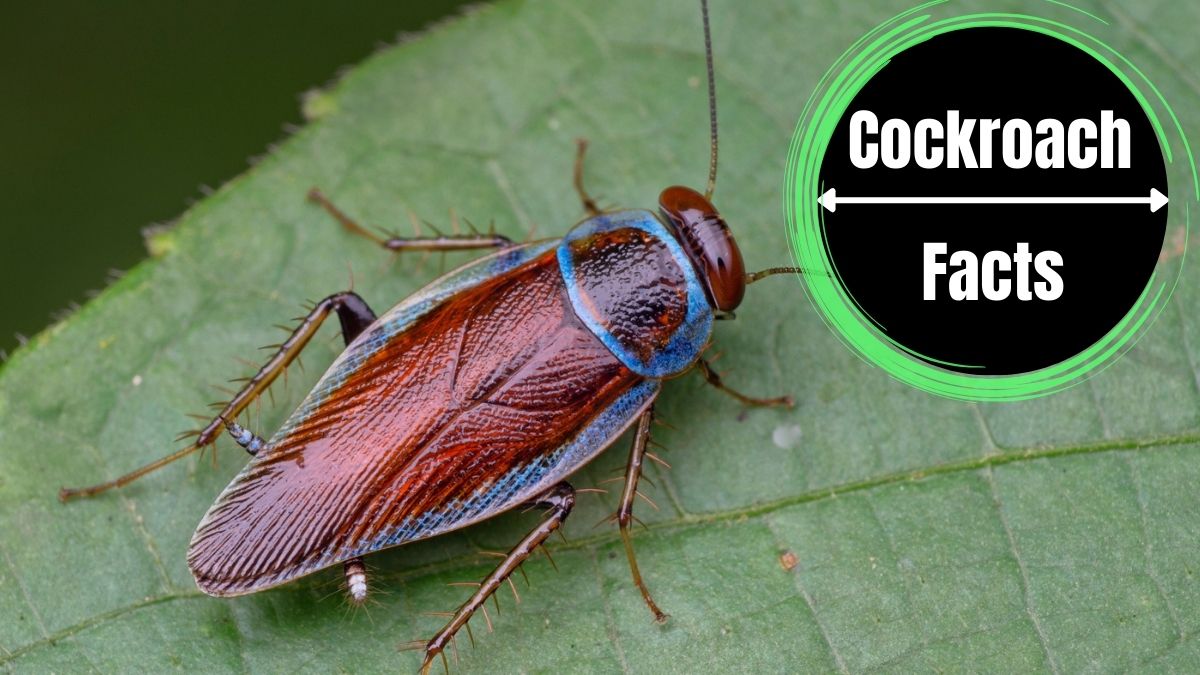In the spectrum of the natural world, where colors often speak volumes about an organism’s adaptations and uniqueness, the blue cockroach stands out as an enigmatic and visually captivating creature. With an appearance that defies the traditional expectations associated with cockroaches, these insects have piqued the curiosity of enthusiasts and researchers alike.
Types of Blue Cockroaches:
Blue Death Feigning Beetle (Asbolus verrucosus):
Identification and Characteristics:
While not a true cockroach, the Blue Death Feigning Beetle deserves a mention due to its remarkable appearance and behavior. This beetle, also known as the blue false death feigning beetle, exhibits a striking metallic blue coloration. With a flattened body and intricate texture, it can appear almost gem-like under the right lighting conditions.
Habitat and Behavior:
Native to arid regions of North America, this beetle is an expert in simulating death as a defense mechanism against predators. When threatened, it collapses onto its back, tucks its legs and antennae close to its body, and remains motionless—a behavior that earned it its name. Its iridescent blue color might serve as a warning to potential predators, suggesting inedibility or toxicity.
Blue Cockroach (Perisphaerus spp.):
Identification and Characteristics:
True blue cockroaches are a rarity in the cockroach world. Some species within the Perisphaerus genus, found in regions like the Caribbean, possess a distinctive blue coloration. However, their appearance can vary, and not all members of this genus exhibit this unique hue.
Habitat and Behavior:
These blue cockroaches inhabit diverse environments, from rainforests to coastal areas. While their blue coloration remains an area of interest, little is known about the exact function it serves. Like their brown and black relatives, they are nocturnal and contribute to nutrient cycling by feeding on organic matter.
Identification of Blue Cockroaches:
Identifying blue cockroaches can be a rewarding endeavor, especially considering their rarity. Here are some general traits that might help distinguish these unique insects:
Coloration
Blue cockroaches are characterized by their striking blue color, which can range from metallic blue to shades of turquoise. The color is often concentrated on their exoskeleton, particularly on the thorax and abdomen.
Size and Shape
Similar to other cockroach species, blue cockroaches typically have a flattened body and an elongated shape. However, their size and shape can vary based on the specific species.
Habitat
Blue cockroaches can be found in various habitats, from tropical rainforests to arid regions. Understanding the habitat in which you encounter a blue cockroach can provide valuable clues about its potential species.
Behavior
Observing the behavior of the cockroach, such as its movements, feeding habits, and responses to stimuli, can offer insights into its identity.
Conclusion
In a world dominated by earthy tones, the presence of blue cockroaches adds a touch of mystique to the natural order. Whether it’s the intriguing Blue Death Feigning Beetle with its iridescent hue or the elusive blue cockroaches of the Perisphaerus genus, these creatures remind us that the intricacies of nature often hold surprises beyond our expectations. By delving into the world of blue cockroaches and understanding their identification traits, we gain a deeper appreciation for the diversity of life and the many wonders that await our exploration.

